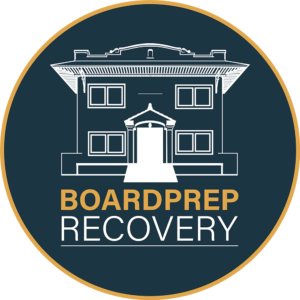“Often, little situations trigger enormous reactions.” – Eckhart Tolle
After years of substance abuse, one of the important keys to gaining and maintaining sobriety—especially when one is in early recovery, i.e., at a rehab treatment center or in a professionals health program (e.g., a doctors recovery program)—is how to identify, avoid and properly manage relapse “triggers.”
When first arriving in recovery, we may often hear about the need to “change people, places and things.” This means our newfound commitment to get and stay sober/clean (i.e., abstain from alcohol and drugs one day at a time) may be challenged if we encounter someone or something we’d formerly associated with our drinking or using, and it ‘triggers’ (elicits) in us a desire or craving to use. So, we’re advised to avoid, wherever possible, the old haunts where we used to hang out and drink or use, as well as the people with whom we’d do this.
But given there are many sorts of triggers—both external and internal, including some we can’t predict or control—that can elicit a craving or desire to drink or use in us, particularly when we’re new in recovery, it would be wise for us to review a few of the basics about identifying, avoiding and managing relapse triggers.
For starters, we can make a thorough list for ourselves, identifying what our particular triggers are, which then can be used to develop a “game plan” regarding what we can do to prepare ourselves to avoid or address those triggers, if they should arise. And while it’s essential that we understand how to manage our relapse triggers, first and foremost is the need to get clarity about precisely what our own personal triggers are.
Below you’ll find a list of common external triggers:
■ Family gatherings
■ Listening to a particular song or musical genre
■ Meeting new people
■ Going out to eat or dance
■ Birthday parties or celebrations
■ Payday
■ After paying bills
■ Calls from creditors
■ Before, during or after work
■ Before, during or after sex
■ Before, during or after a date
■ Being alone in the house
■ Talking on the phone
■ After an argument
■ Holidays
■ Going out
■ Driving
Certainly, this list could be added to, given whatever particular triggers you might have, especially considering your profession. For example, a physician in addiction treatment might need to avoid medical equipment associated with using. A lawyer or business executive in drug rehab or alcohol treatment who had been used to meeting with clients or associates for cocktails would need to add to his list any events, gatherings, restaurants, clubs or meeting places where he or she could be triggered into a potential relapse. Again, the point is to be honest and thorough when making this list.
Just as important to identify and add to the list are those feelings, thoughts and emotions that you’d formerly associated with drinking or drug use. Negative emotions that can act as internal triggers include: fear, anxiety, guilt, shame, irritation, anger, jealousy, depression, loneliness, helplessness, or feeling criticized, inadequate or overwhelmed.
It’s also known that positive emotions can act as triggers for some. Therefore, your list may need to include: excitement, happiness, confidence, success, strength, passion, or sexual arousal.
One further area of emotions that may be triggers for some could be called “normal” feelings: boredom, insecurity, sadness, frustration, embarrassment, neglect, nervousness, pressure or relaxation.
When you’ve developed a list that seems as complete as possible regarding triggers that could potentially incite you to relapse, take a few minutes to review it with an open mind to adding to it, if necessary, in order to be sure you haven’t skipped over anything that might belong on your list.
In PART TWO of this blog-post, we’ll dive into how to make best use of this list to help strengthen your recovery toolkit, especially in terms of increasing your relapse trigger awareness and ability to utilize options for addressing those triggers.







